Like many healthcare organizations, the large hospital system decided to become a certified ACO in order to leverage the advantages of new value-based reimbursement incentives from Medicare and to improve its overall quality and efficiency of care.
Rather than simply adding an ACO reporting system and engaging the vendor to create point-to-point integrations that would end up being brittle, the customer wanted to take a holistic, future-proof approach to enable the best, long-term use of its data. This meant overhauling its integration and data management platform in order to address both near-term ACO needs and long-term interoperability and analytics needs. It also meant overcoming a significant number of challenges, including:
- A legacy integration engine built on an application-to-application integration system
- Data silos, wherein each application stored data in a proprietary format, making integration difficult
- Inconsistencies in patient identification across each individual system, resulting in multiple records for the same patient
- Integration and data management processes that function independently, creating inefficiencies and increased risk of error
- HIPAA and data security compliance mandates requiring extensive internal management and overhead to coordinate across each vendor application
Working together, OpenText and the hospital designed a solution on the cloud-based Alloy platform to achieve realtime integration, interoperability and data access across its ACO network.
Creating a unified, integrated data lake, a centralized, cloud-based big data repository, for all patient and process data from across the network was key to the success of this solution. Aggregating this data from both internal and external sources established a persistent, application-agnostic data layer to which affiliated hospitals, providers and other network partners could connect for data input, export and analysis. And, because the data layer exists independently, the healthcare organization can easily connect new applications, data sources and stakeholders to fulfill new requests and maintain a future-ready state.
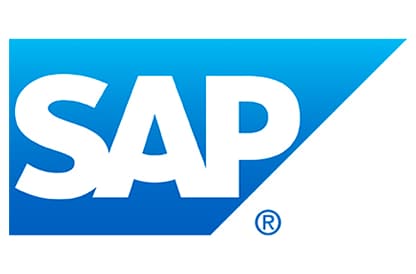

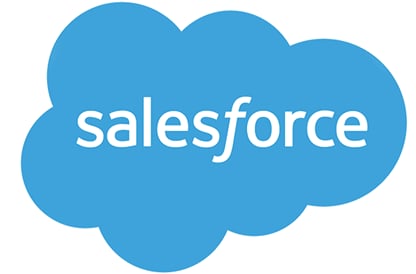

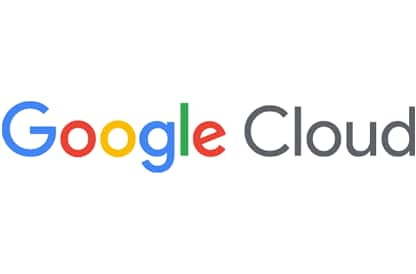
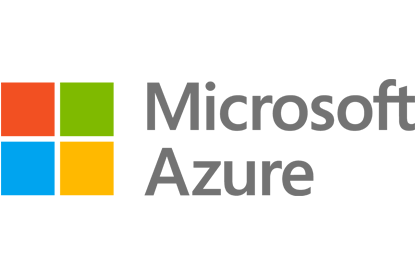
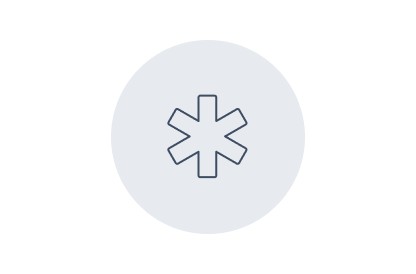 Hospital system
Hospital system


